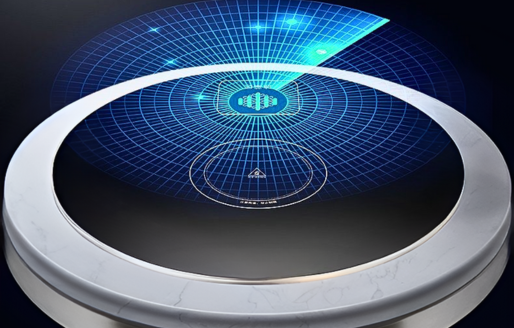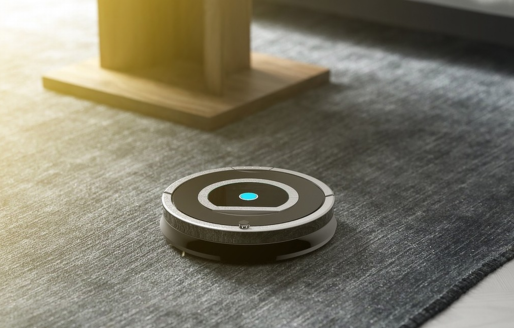Home Robots
In the current smart home sector, home robots are rapidly gaining popularity. Time Vision Technology has proposed an optimal floor cleaning solution for home vacuuming robots. These robots accurately monitor the area ahead and can keenly identify and cleverly avoid various subtle "obstacles" such as phone charging cables and pets. With a built-in intelligent processing unit, they support complex algorithm processing, allowing for timely monitoring and transmission of obstacle data in the furniture environment. Additionally, applications involving proximity light and optical tracking also ensure a high degree of accuracy, supporting more intelligent human-machine interaction and achieving real-time optimization of the cleaning and operation process.
-
01
Adaptable to Complex Scenarios
Designed to handle diverse usage environments, it accurately identifies and adapts to various lighting conditions. Advanced algorithms and high dynamic range sensors ensure stable performance across different scenarios. Technologies such as CLK optical flow navigation and human-eye-like measurement provide more precise location information, allowing the smart robot to navigate into low spaces under furniture and operate stably even in complex environmental conditions.


-
02
Intelligent Interaction
Multiple sensor chips with built-in intelligent processing units support complex algorithm processing and feature a flexible interrupt system. Through an integrated interface, seamless connection with the smart robot operating system can be achieved, supporting real-time data transmission and intelligent diagnostics. This ensures that you never have to worry about the cleanliness of your home's floors, no matter where you are.


-
03
Energy Efficiency Optimization
Adopting a low-power architecture and efficient power management technology, the device does not require frequent charging, enhancing the overall system stability. The highly integrated design does not compromise navigation and sensor performance, even with the ultra-thin structure of the terminal. Through energy consumption optimization, the machine is able to perform tasks for a longer duration on a single charge, increasing operational flexibility and efficiency.














